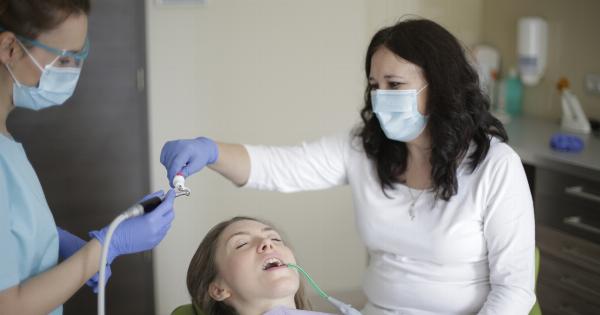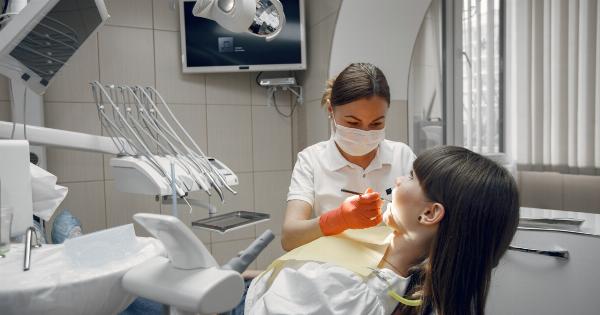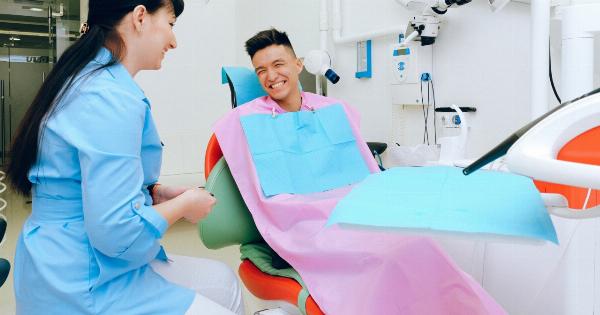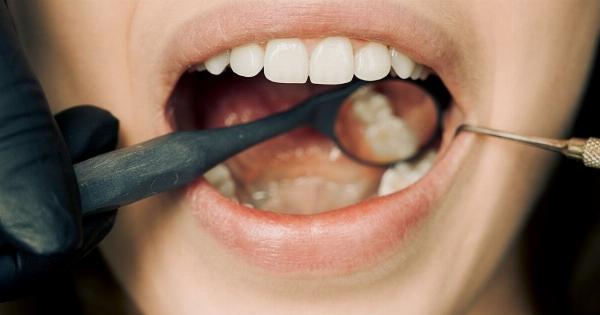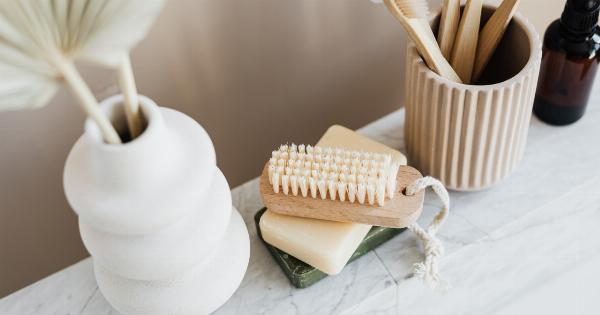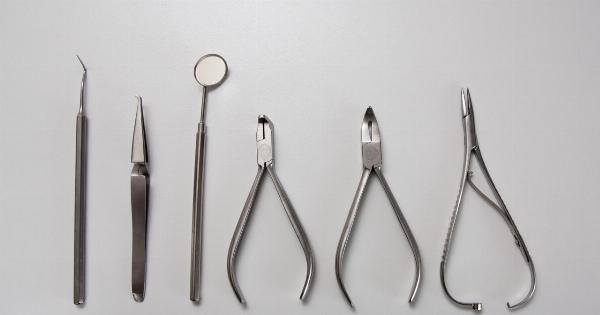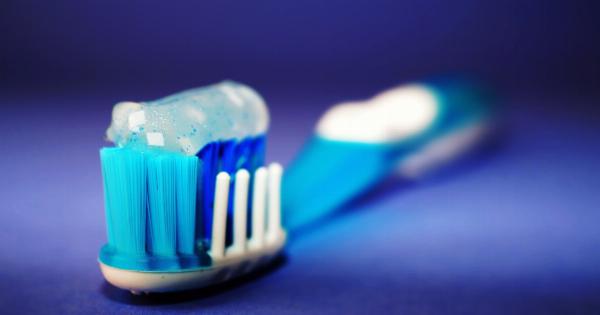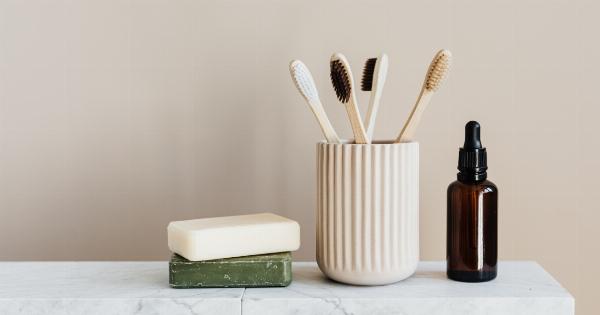Brushing your teeth is an essential part of maintaining good oral hygiene.
But have you ever thought about adding more movement to your tooth brushing routine? Many people simply go through the motions of brushing their teeth without considering how the way they brush can impact their oral health. In this article, we will explore the various benefits of adding movement to your tooth brushing routine.
1. Improved plaque removal
Plaque is a sticky, colorless film of bacteria that constantly forms on your teeth. It is the main cause of tooth decay and gum disease. By adding movement to your tooth brushing routine, you can improve plaque removal.
Moving your toothbrush in gentle, circular motions helps to dislodge and break up plaque, making it easier to remove. It also helps to reach those hard-to-reach areas, such as the back molars, where plaque often accumulates.
2. Enhanced gum health
When it comes to oral health, your gums are just as important as your teeth. Adding movement to your tooth brushing routine can help improve gum health. Proper brushing technique involves gently massaging the gum line with your toothbrush.
This helps to stimulate blood flow, promote gum health, and prevent gum disease. Additionally, by removing plaque and bacteria from the gum line, you can reduce the risk of gum inflammation and gingivitis.
3. Increased saliva production
Saliva is an essential component of oral health. It helps to rinse away food particles, neutralize acids, and remineralize enamel. Adding movement to your tooth brushing routine can increase saliva production.
The motion of your toothbrush against your gums and teeth stimulates the salivary glands, leading to increased saliva flow. This, in turn, aids in maintaining a healthy oral environment and reducing the risk of cavities and dry mouth.
4. Better stain removal
Consuming certain foods and beverages, such as coffee, tea, and red wine, can lead to dental stains over time. By adding movement to your tooth brushing routine, you can effectively remove these surface stains.
The gentle, circular motions help to break up and lift away stain particles, resulting in a brighter and whiter smile.
5. Improved overall oral hygiene
When you add movement to your tooth brushing routine, you are essentially deep cleaning your teeth and gums. This leads to improved overall oral hygiene.
Brushing with proper technique ensures that you reach all the surfaces of your teeth, including the front, back, and chewing surfaces. It helps to remove stubborn plaque, food particles, and bacteria, reducing the risk of cavities, gum disease, and bad breath.
6. Promotes mindfulness and relaxation
Adding movement to your tooth brushing routine can turn a mundane task into a moment of calm and self-care. By paying attention to the sensations and movements involved in brushing your teeth, you can promote mindfulness and relaxation.
Taking this time for yourself can help reduce stress and anxiety, allowing you to start or end your day on a positive note.
7. Establishes good oral habits
Adding movement to your tooth brushing routine from an early age establishes good oral habits for life. Teaching children the importance of proper brushing technique and incorporating movement helps set the foundation for a lifetime of good oral health.
By making tooth brushing fun and engaging, children are more likely to develop consistent oral hygiene habits that they will continue into adulthood.
8. Prevents tooth sensitivity
Many people suffer from tooth sensitivity, which can be caused by worn enamel, receding gums, or exposed tooth roots. Adding movement to your tooth brushing routine can help prevent tooth sensitivity.
Gentle brushing motions prevent excessive wear on enamel, while proper technique ensures that sensitive areas are cleaned without causing further damage. By maintaining good oral hygiene habits, you can reduce the risk of developing tooth sensitivity.
9. Saves money on dental treatments
Regular dental check-ups and treatments can be quite expensive. By adding movement to your tooth brushing routine and maintaining good oral hygiene, you can minimize your need for costly dental treatments.
Taking the time to brush your teeth properly can prevent cavities, gum disease, and other oral health issues, reducing the likelihood of needing extensive dental work.
10. Boosts overall health
Oral health is closely linked to overall health. Poor oral hygiene has been associated with various health conditions, including cardiovascular disease and respiratory infections.
By adding movement to your tooth brushing routine and taking proper care of your teeth and gums, you can contribute to your overall health and well-being.






